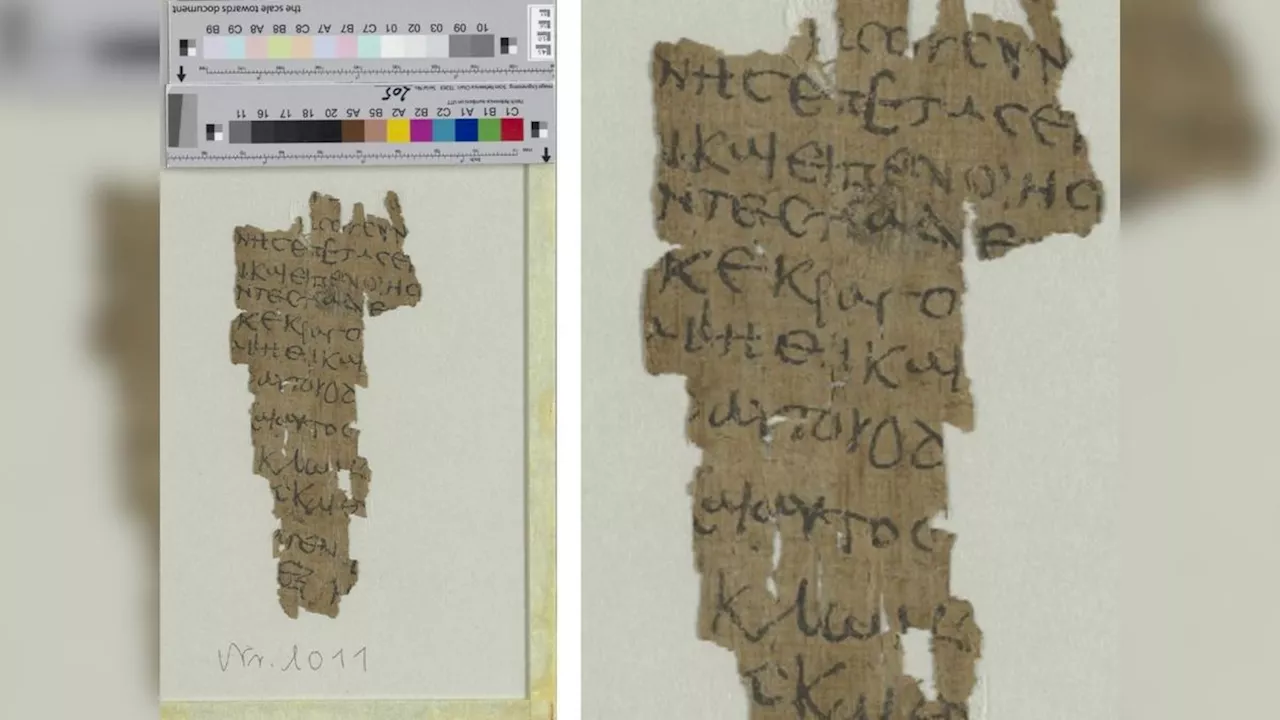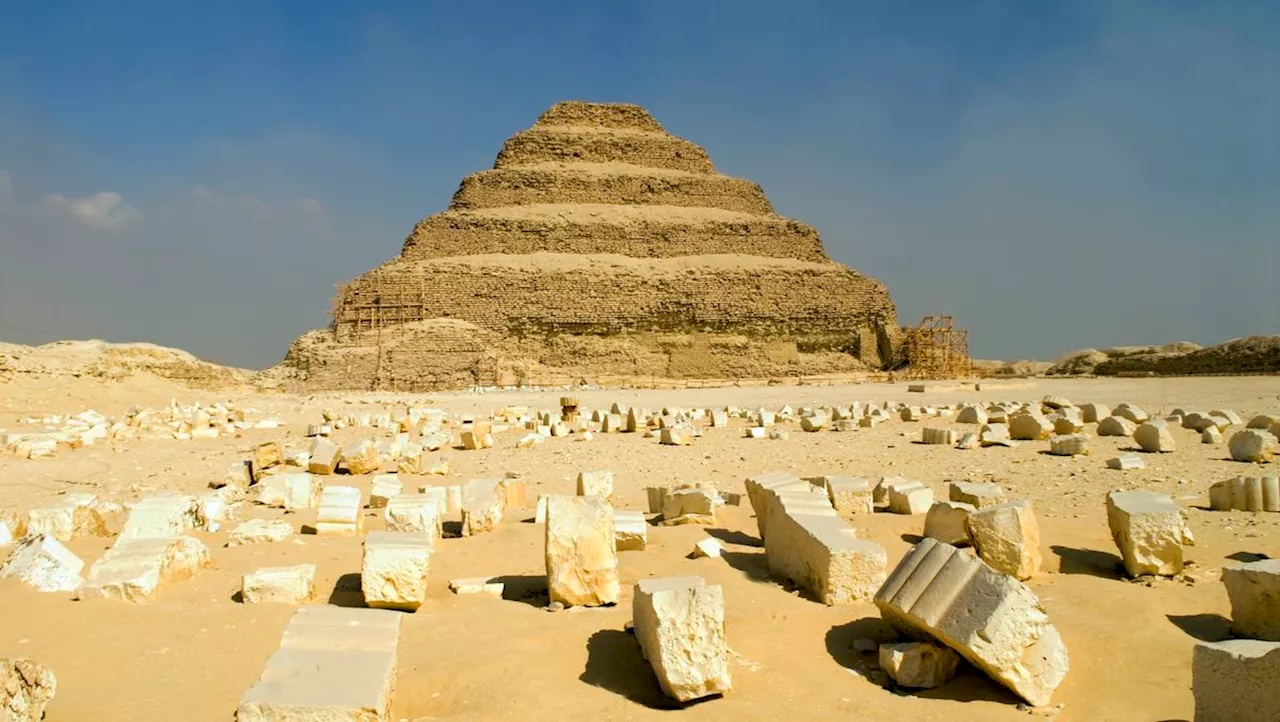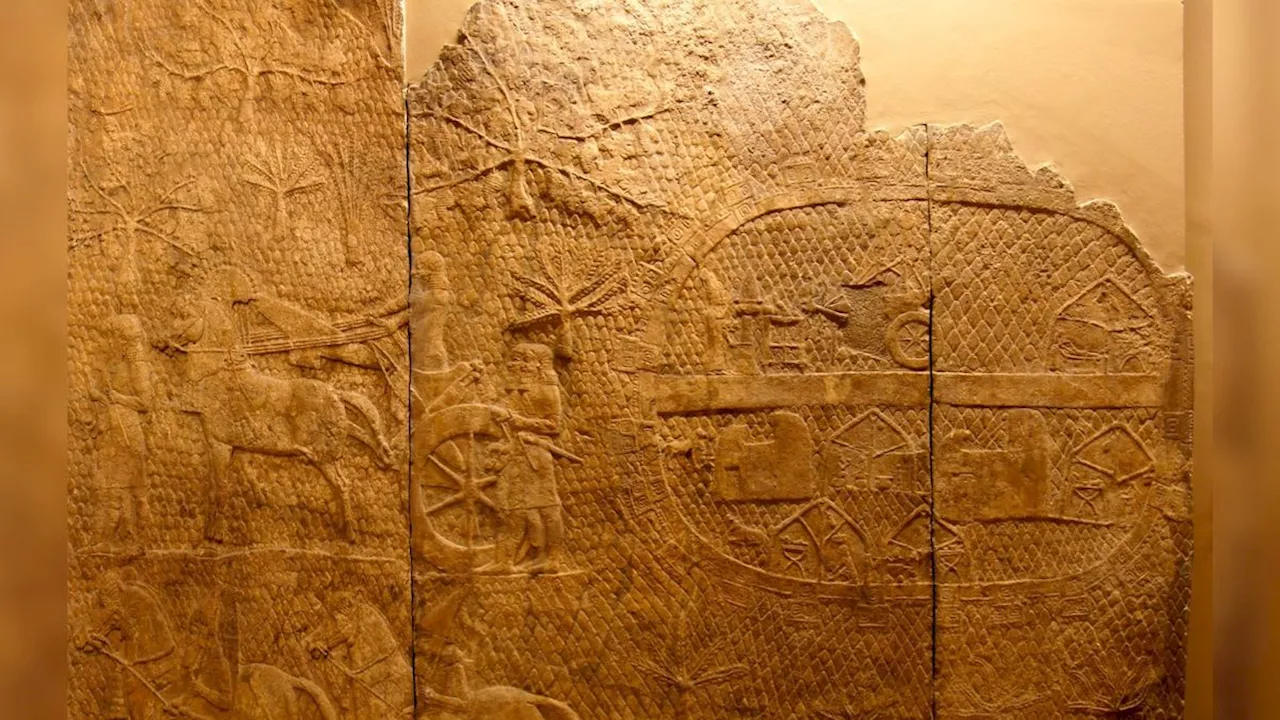Owen Jarus is a regular contributor to Live Science who writes about archaeology and humans' past. He has also written for The Independent (UK), The Canadian Press (CP) and The Associated Press (AP), among others. Owen has a bachelor of arts degree from the University of Toronto and a journalism degree from Ryerson University.
Military camps used by the Assyrian king Sennacherib, whose exploits of laying siege to Lachish and Jerusalem are detailed in the Hebrew Bible, have finally been identified, a scholar says.
Lachish siegeAt the British Museum in London, there is a relief depicting the siege of Lachish, and it shows the Assyrian camp. Stephen Compton, an independent scholar who specializes in Near Eastern Archaeology, compared this relief to photos from the early to mid-20th century which show Lachish. He identified a site north of Lachish with an oval shaped structure with walls that he thinks may have been the Assyrians' camp.
Additionally, an archaeological survey conducted in the early 20th century found the remains of pottery shards whose styles date to around the time that Sennacherib laid siege to Lachish, Compton noted. He told Live Science he has sent a copy of his paper to archaeologists who are working at the Lachish site and he hopes that future excavations will shed light on whether the Assyrian camp is located there.
The 19th-century archaeologists thought it was a Roman camp, but the excavation records indicate that the camp is oval."Roman were rectangular, whereas the photos indicate that this was roughly oval, consistent with an Assyrian camp," Compton wrote. Additionally, the name"Mudawwara" — a name associated with military camps — is used by 19th-century sources to describe the site.
Scholars reactScholars who were not involved with the research had mixed opinions of the findings. Some noted that the idea that the Khirbet al Mudawwara site at Lachish is an Assyrian camp is plausible."The case of Lachish is the most interesting," Israel Finkelstein, a professor emeritus of archaeology at Tel Aviv University, told Live Science in an email. The"next thing to do is to check the suspected site in the field," Finkelstein said.
RELATED STORIES—1,700-year-old 'emergency hoard' of coins dates to last revolt of Jews against Roman rule
United States Latest News, United States Headlines
Similar News:You can also read news stories similar to this one that we have collected from other news sources.
 Postdoctoral positions at University of Pennsylvania - Philadelphia, Pennsylvania (US) job with University of PennsylvaniaPostdoctoral positions are available in the laboratory of Dr. Jeremy Wang, Ralph L Brinster President’s Distinguished Professor, at the University of Pennsylvania to study meiosis and spermatogonial stem cells. Our group focuses on the study of germline development and meiosis in mice.
Postdoctoral positions at University of Pennsylvania - Philadelphia, Pennsylvania (US) job with University of PennsylvaniaPostdoctoral positions are available in the laboratory of Dr. Jeremy Wang, Ralph L Brinster President’s Distinguished Professor, at the University of Pennsylvania to study meiosis and spermatogonial stem cells. Our group focuses on the study of germline development and meiosis in mice.
Read more »
 Newly deciphered papyrus describes 'miracle' performed by 5-year-old JesusOwen Jarus is a regular contributor to Live Science who writes about archaeology and humans' past. He has also written for The Independent (UK), The Canadian Press (CP) and The Associated Press (AP), among others. Owen has a bachelor of arts degree from the University of Toronto and a journalism degree from Ryerson University.
Newly deciphered papyrus describes 'miracle' performed by 5-year-old JesusOwen Jarus is a regular contributor to Live Science who writes about archaeology and humans' past. He has also written for The Independent (UK), The Canadian Press (CP) and The Associated Press (AP), among others. Owen has a bachelor of arts degree from the University of Toronto and a journalism degree from Ryerson University.
Read more »
 3,500-year-old rock art of wild sheep and double-humped camels revealed in KazakhstanOwen Jarus is a regular contributor to Live Science who writes about archaeology and humans' past. He has also written for The Independent (UK), The Canadian Press (CP) and The Associated Press (AP), among others. Owen has a bachelor of arts degree from the University of Toronto and a journalism degree from Ryerson University.
3,500-year-old rock art of wild sheep and double-humped camels revealed in KazakhstanOwen Jarus is a regular contributor to Live Science who writes about archaeology and humans' past. He has also written for The Independent (UK), The Canadian Press (CP) and The Associated Press (AP), among others. Owen has a bachelor of arts degree from the University of Toronto and a journalism degree from Ryerson University.
Read more »
 Why are so many ancient Egyptians buried at the Saqqara necropolis?Owen Jarus is a regular contributor to Live Science who writes about archaeology and humans' past. He has also written for The Independent (UK), The Canadian Press (CP) and The Associated Press (AP), among others. Owen has a bachelor of arts degree from the University of Toronto and a journalism degree from Ryerson University.
Why are so many ancient Egyptians buried at the Saqqara necropolis?Owen Jarus is a regular contributor to Live Science who writes about archaeology and humans' past. He has also written for The Independent (UK), The Canadian Press (CP) and The Associated Press (AP), among others. Owen has a bachelor of arts degree from the University of Toronto and a journalism degree from Ryerson University.
Read more »
 Temple University is exploring a potential merger to save University of the Arts, chairman says“I’m working with their chair to see if we can put this genie back in the bottle,” said Mitchell L. Morgan, Temple’s board chair.
Temple University is exploring a potential merger to save University of the Arts, chairman says“I’m working with their chair to see if we can put this genie back in the bottle,” said Mitchell L. Morgan, Temple’s board chair.
Read more »
 University of the Arts board hires management firm to close university; faculty plan mid-morning protestUniversity of the Arts board of trustees has hired Alvarez & Marsal, a global consulting firm to “help us urgently address the needs of our students, faculty and staff.”
University of the Arts board hires management firm to close university; faculty plan mid-morning protestUniversity of the Arts board of trustees has hired Alvarez & Marsal, a global consulting firm to “help us urgently address the needs of our students, faculty and staff.”
Read more »
